Lens distortion is a common issue that appears when using a wide-angle lens. In some photos, the straight lines that shape the building or tower seem to bow out and become curved at the edge of the frame. Subjects look disproportioned compared to real-life or buildings look like they are tipping. All that happened due to lens distortion.
The lens distortion occurs mostly in wide-angle lenses because the magnification of the image decreases the farther the subject is from the optical axis of the lens. Some lenses such as fisheyes take full advantage of barrel distortion by purposely capturing images that are heavily curved and spherical.
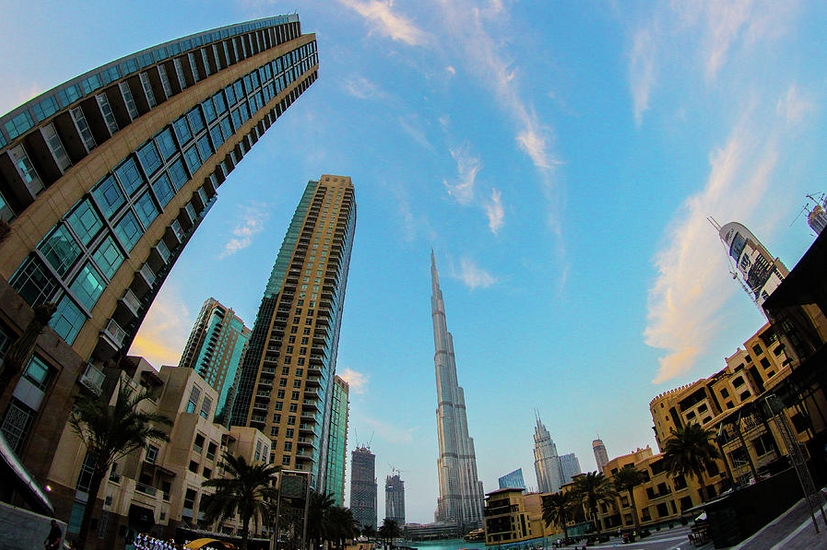
Types of lens distortion
Group (1): lens distortions that affect the Colors
There are common types of lens distortion that affect the coloring of the photos, they are:
-
Vignetting
It is a defect that darkens the corners of an image due to light falloff around the perimeter of the lens.
-
Chromatic aberration
It is a defect that appears as a color fringe along the edges of objects, caused by the lens focusing on different colors of light in different planes.
-
Lens Flare or Ghosting
Light straying across the camera lens or a very strong light source can cause ghosting or lens flare. Ghosting is a contrast reducing sheen on an image and lens flares are spots of light in an image.
Group (2): Lens distortions that affect the Perspective (dimensions)
There are three common types of lens distortion: barrel distortion, pincushion distortion, and fisheye distortion. The figure below illustrates the pattern of how straight lines are bending according to the different types of lens distortion.
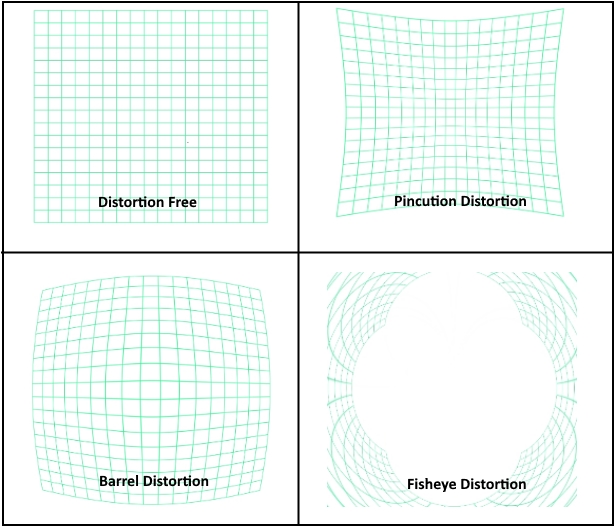
-
Barrel distortion
Barrel distortion is a lens defect that causes straight lines to bow out toward the edges of the image. It causes the image to spherize, which means that the edges of the photo look curved and bowed to the human eye. It almost appears as though the photo image has been wrapped around a curved surface. It is most visible in images that have straight lines in them, as these lines appear to bow and curve.
You will most often notice distortion in architectural images where the lines of the buildings bow outward, away from the center of the image. In portraits, it can make subjects look pudgy or large-headed in comparison to the rest of their body.
-
Pincushion distortion
Pincushion distortion is the opposite effect, where straight lines bend inward. You will most likely notice pincushion distortion in images with straight lines. The further the lines are away from the center of the image, the more noticeable the distortion.
Pincushion distortion Usually happens at the telephoto end (ie. 200mm) of a zoom lens such as a 70-200mm lens.
-
Fisheye distortion
A fisheye lens is an ultra-wide-angle lens that produces strong visual distortion intended to create a wide panoramic or hemispherical image.
Most of the time, distortion can be annoying. But you may try to use fisheye distortion to your advantage. Find scenes in which the fisheye effect actually adds something to the scene. When used right, fisheye distortion can be pleasing to the eye and can be referred to a normal wide-angle lens. Try to use distorted lines and curves as a way to get something creatives.
How to correct the lens distortions
1- There are some general guidelines to reduce lens distortion:
- To avoid vignetting is to stop down until the dark edges disappear.
- Chromatic aberration can be corrected by using lenses that have two or more pieces of glass with different refractive qualities, Canon UD lenses.
- To avoid Lens Flare or Ghosting use a lens hood, it will block stray light from the edges of the camera lens, Changing your angle and position with respect to the light source is another way to combat both issues
- You can correct perspective issues by using dedicated tilt and shift lenses.
- For barrel lens distortion try to avoid shooting buildings or other objects that have clean, straight lines, where the barrel distortion will be obvious. At least try to avoid shooting them with an extreme wide angle lens. Keep any straight lines in the image as close to the center of the lens as possible.
- For pincushion lens distortion avoid shooting at the maximum magnification of the telephoto zoom lens. Move closer to the subject and zoom out if possible or shoot the image a little wider than you may like and crop in the computer.
2- Use a photo editing software
Most of the modern photo editing software has at least one way of dealing with lens distortion. You can use Photoshop, Lightroom, ACDSee Pro or whatever software you are familiar with.
I used DxO optics Pro to give you some examples of correcting different types of lens distortions we have already talked about in this article.
The DxO Optics Pro has two alternatives in correcting lens distortion; the first option is the automatic mode, the software uses its optics modules library for different cameras and lenses and picks up the one you are using in capturing the photo and applies the correction automatically. You may need to download the specific optics module file of your camera and lens.
The second option is the manual mode, the software allows you to manually adjust and correct the all types of lenses distortions (vignetting, chromatic aberration, lens flare or ghosting, barrel distortion, pincushion distortion, and fisheye distortion). The below photo is a snapshot of the software interface.

Correcting lens distortions that affect the Colors
The photo below shows a correction made by DxO Optics Pro for vignetting lens distortion, the lower left corner is less darkened in the corrected photo than before.

Correcting lens distortions that affect the Perspective (dimensions)
The following are examples of correction of the perspective lens distortion

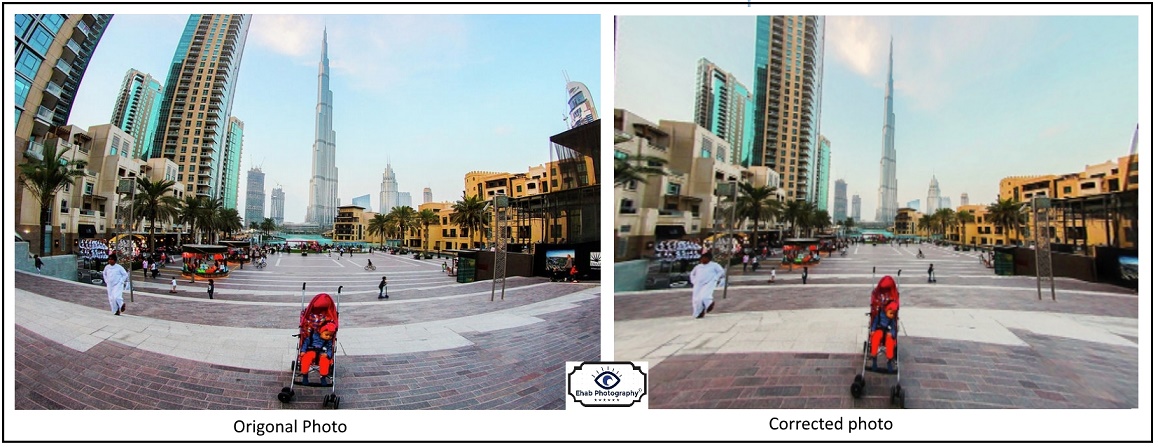
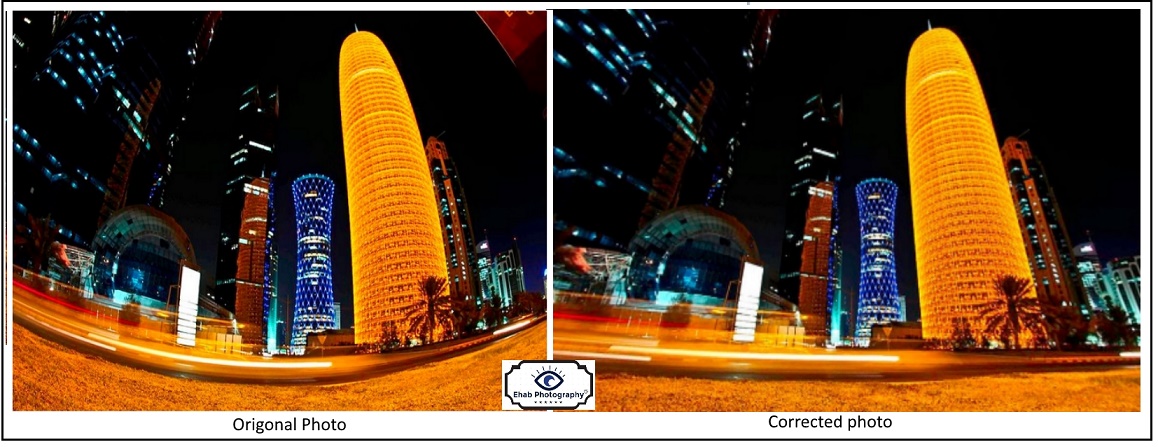
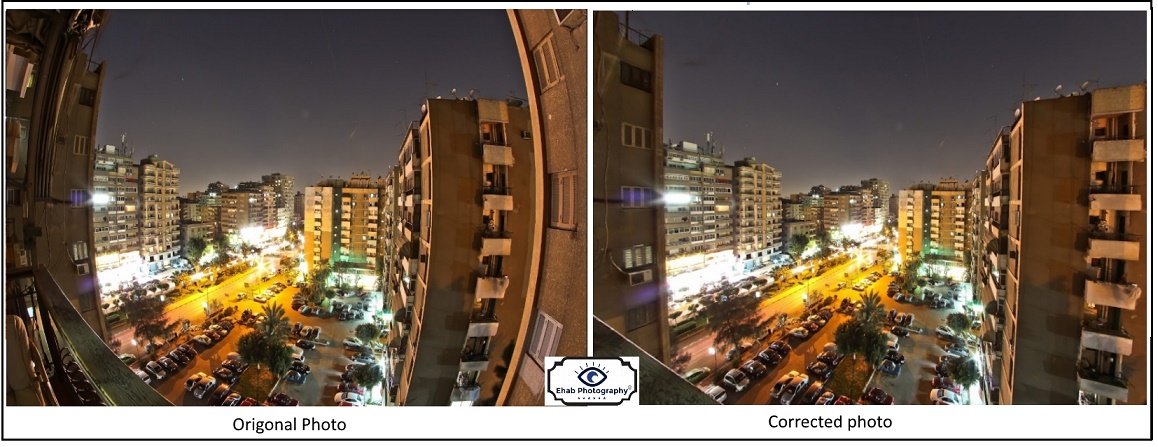
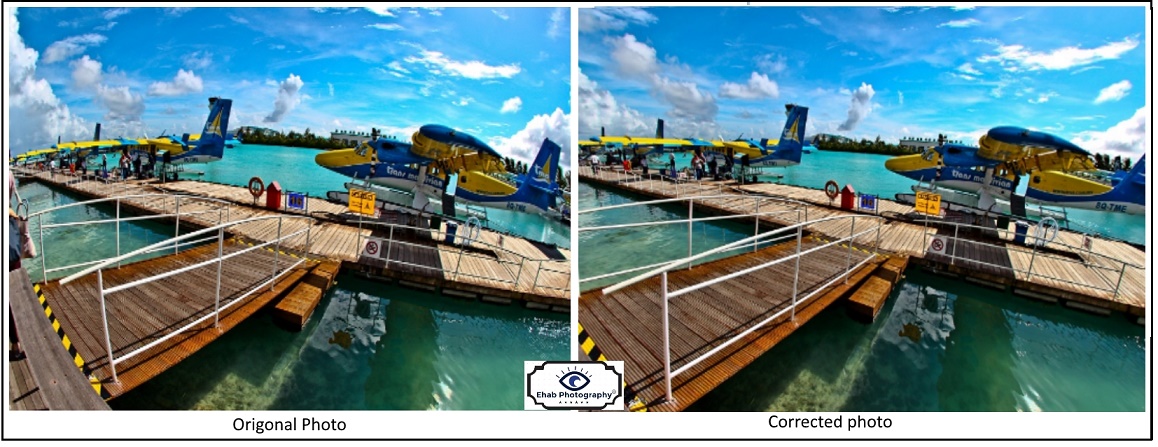
Finally, you can use lens distortion to your advantage by giving viewers a different look at an object they are familiar with. It can be an artistic decision whether or not you want to incorporate the look of distortion into your images, A fish-eye lens, for example, is a great way to practice intentional distortion.
Related Posts
Fisheye lenses for Canon – Top 5 you need to know
Thanks for reading the article, hope you liked it. If you have any comments or questions just leave them in the below box and I will be glad to respond.
If you enjoy the site, don’t forget to subscribe, we will only inform you when a new article is posted.

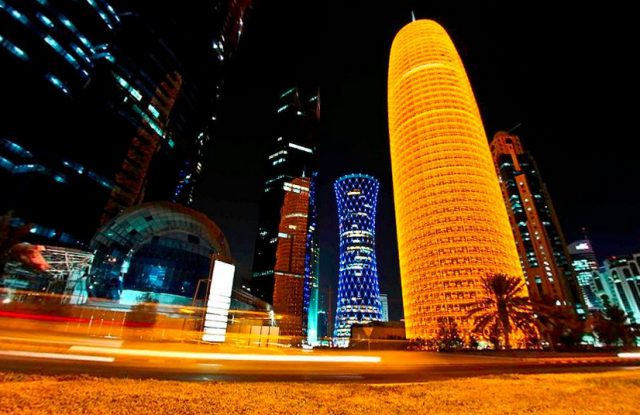





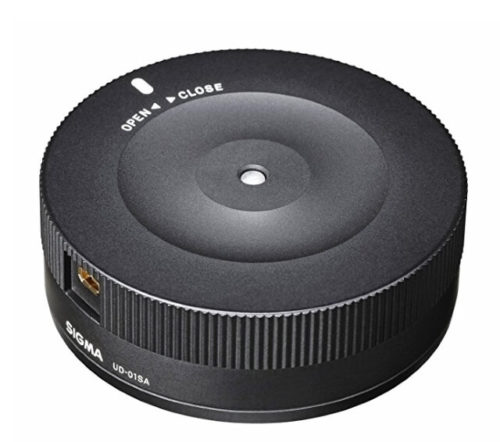

Thank you for explaining clearly lens distortion. I did not know that you can even correct lenses. Interesting information.
I believe many photographers will find your article very helpful.
Can one lens be able to work on the color and the dimension perspective?
Am happy I came across your site.
Thanks for the comment, I think you got it all wrong! In my post, I described the distortions that are inherent in the lens and explained ways to eliminate their effect on your photos. Anyhow thanks for reading the post.